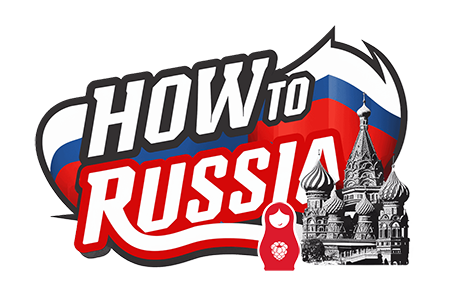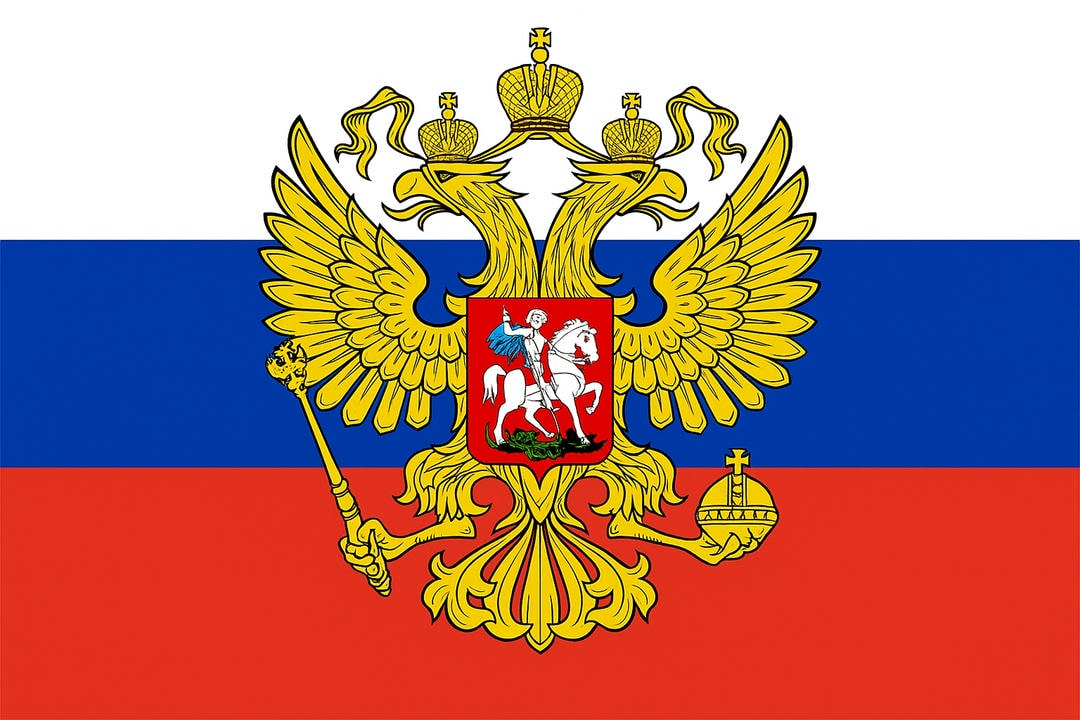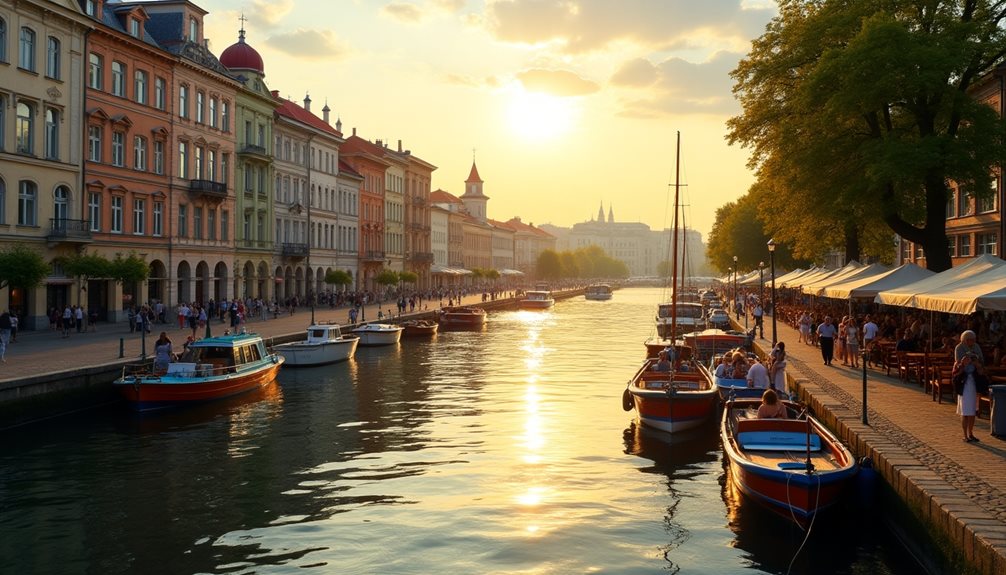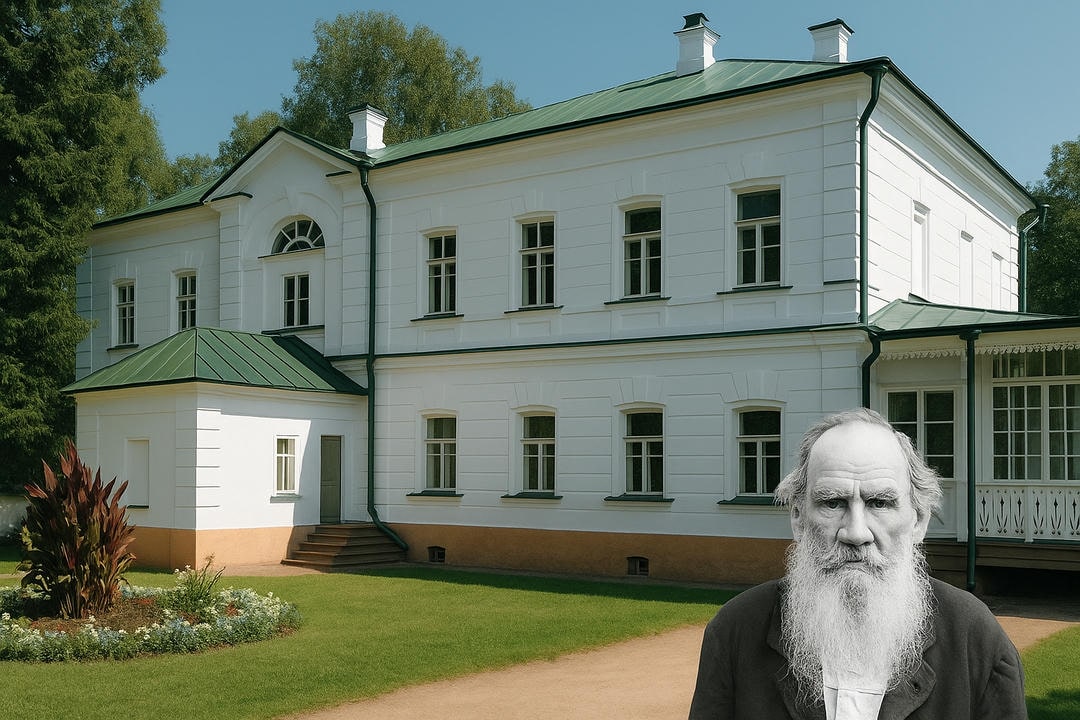Kirill Meretskov’s military career reflects a remarkable journey from modest origins to influential command. His strategic acumen defined critical moments during World War II, particularly in the Siege of Leningrad and the Soviet Invasion of Manchuria. Meretskov’s innovative tactics not only altered the war’s trajectory but also had lasting implications for post-war Soviet society. As the narrative unfolds, the complexities of his leadership and the enduring impact of his actions emerge, inviting a deeper exploration of his legacy.
Kirill Meretskov: The Strategist Who Shaped Russia’s Northern Front
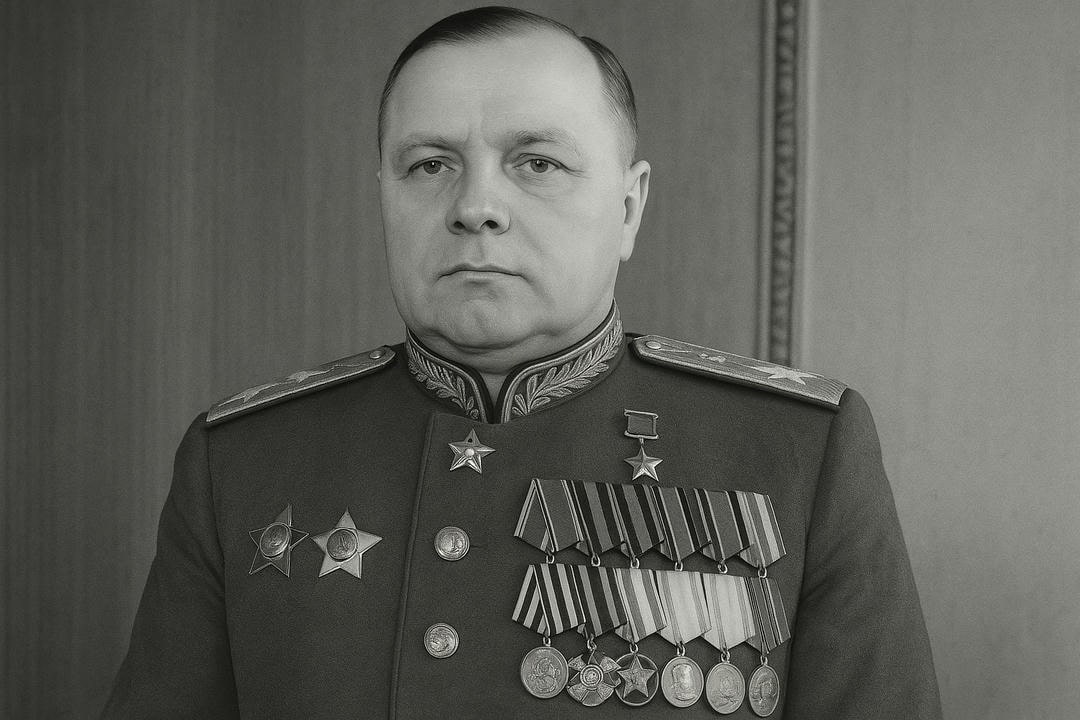
Kirill Meretskov stands as a compelling figure for anyone seeking to understand Russian resilience and military ingenuity. Rising from modest beginnings, Meretskov became known as the “Marshal of the Northern Directions,” a testament to his critical role in shaping the Soviet Union’s fate during World War II.
His story is woven into the broader fabric of Russian culture, embodying themes of endurance, adaptability, and leadership under pressure. Meretskov’s innovative tactics—most notably during the Siege of Leningrad and the Soviet campaign in Manchuria—did more than turn the tide of battle. They reshaped military thinking and left a lasting mark on Soviet society after the war.
Meretskov’s career highlights not only the challenges of commanding in the harsh northern landscapes but also the spirit of determination that characterized an entire generation. His ability to inspire troops and navigate daunting military and environmental obstacles made him a symbol of Soviet strength.
For those interested in Russian history, Meretskov’s legacy offers a window into how individual leadership shaped national identity and collective memory. His achievements continue to echo in the narrative of Russia’s wartime triumphs and in the enduring pride of its people.
Early Life and Military Beginnings
Kirill Afanasievich Meretskov was born on June 7, 1897, in the humble village of Nazaryevo, located in the Ryazan Governorate of the Russian Empire. The son of a peasant family, Meretskov grew up in an environment marked by hard physical labor, poverty, and the constant struggle to make ends meet—a reality for millions in rural Russia at the turn of the 20th century. This upbringing instilled in him a strong sense of resilience, adaptability, and a firsthand understanding of the social inequalities that plagued the Russian countryside.
As a young man, Meretskov moved from his rural roots to find work in a factory. The shift from agrarian life to industrial labor was both jarring and formative. Russian factories at this time were notorious for their grueling conditions: long hours, minimal pay, and little regard for workers’ safety or rights. These experiences radicalized Meretskov and brought him into contact with revolutionary circles. He became increasingly influenced by Bolshevik ideology, which was rapidly gaining traction among the country’s urban workers. The Bolsheviks’ promises of land reform, workers’ rights, and a society free from exploitation resonated deeply with Meretskov’s own experiences and convictions.
By the time the Russian Revolution erupted in 1917, Meretskov was already politically active. He joined the Bolsheviks and quickly proved himself an effective organizer among factory workers. His leadership qualities and ability to inspire others did not go unnoticed. As the Russian Civil War broke out following the October Revolution, Meretskov volunteered for military service in the newly formed Red Army. The chaos and violence of civil conflict offered both peril and opportunity. Meretskov distinguished himself on the battlefield through his tactical awareness and determination, swiftly rising through the ranks from an ordinary soldier to command positions.
Recognizing his potential, the Soviet leadership sent Meretskov to study at the Military Academy of the Red Army. At the Academy, he received rigorous training in modern military strategy and tactics, supplementing his practical frontline experience with formal education. This blend of academic learning and battlefield command shaped Meretskov into a capable and innovative officer.
By the early 1920s, as the Civil War drew to a close, Meretskov had established himself as part of the new generation of Soviet military leaders. His trajectory—from peasant child to factory worker to Red Army commander—mirrored the sweeping transformations taking place across Russia. His story reflected not only personal resilience but also the broader social upheaval that defined his era. These formative experiences would guide him as he assumed higher command roles in the decades to come, including crucial positions during World War II, where his strategic acumen would play a vital role in several key Soviet victories.
Key Military Campaigns
Kirill Meretskov’s military career was defined by his involvement in several of the Soviet Union’s most consequential campaigns during the mid-20th century. His leadership, adaptability, and tactical skills were instrumental in navigating the Red Army through some of its most challenging moments and achieving vital victories that shaped both Soviet and world history.
Winter War (1939–1940)
The Winter War began when the Soviet Union invaded Finland in November 1939, seeking territorial concessions to secure Leningrad’s defenses. Meretskov, appointed chief of staff of the Northwestern Front, faced immediate challenges: Finnish defenders, well-acquainted with the terrain, used guerrilla tactics and fortified positions to devastating effect. The Red Army’s initial thrust was hampered by poor intelligence, logistical nightmares, and an underestimation of Finnish resolve.
Finnish troops utilized “motti” tactics—isolating and destroying Soviet units piecemeal in the dense forests and deep snow—while Soviet soldiers suffered from inadequate winter equipment and high casualties. Recognizing these failures, Meretskov oversaw significant tactical adjustments. The Red Army began concentrating artillery fire on specific points, employing massed formations to overwhelm Finnish defenses, and improving coordination between infantry and armor.
Despite heavy losses, the Soviets eventually broke through the Mannerheim Line on the Karelian Isthmus in February 1940. The resulting peace treaty ceded 11% of Finnish territory to the USSR but also exposed failings in Soviet command and preparation, leading to far-reaching reforms in military training, organization, and doctrine.
Siege of Leningrad (1941–1944)
Meretskov was pivotal in the defense and eventual relief of Leningrad after Nazi Germany and its allies encircled the city in September 1941. With supply lines cut, over two million civilians and hundreds of thousands of soldiers faced starvation, disease, and relentless bombardment. The siege lasted 872 days, becoming one of the longest and most destructive in history.
Meretskov initially commanded the Volkhov Front, launching repeated offensives to break the blockade. Early operations met with limited success due to formidable German fortifications and inhospitable terrain. However, Meretskov persisted, coordinating with other fronts and improving logistics—most famously through the “Road of Life” across frozen Lake Ladoga, which became Leningrad’s lifeline for supplies and evacuations.
In January 1943, Operation Iskra (Spark), led by Meretskov’s forces in concert with Leonid Govorov’s Leningrad Front, achieved a partial breakthrough. By January 1944, a massive Soviet offensive forced German troops to retreat, fully lifting the siege. The resilience shown by Leningrad’s defenders and leadership symbolized Soviet determination under fire and remains deeply ingrained in Russian historical memory.
Karelian Front (1944)
After lifting the siege of Leningrad, Meretskov was appointed commander of the Karelian Front. Charged with expelling remaining Axis forces from northern Finland and eastern Karelia, he orchestrated a series of offensives in summer 1944 that would decisively shift the balance in the region.
Meretskov’s strategies involved coordinated attacks along multiple axes, rapid movement through challenging terrain, and effective use of artillery and air support. The Svir-Petrozavodsk Offensive forced Finland to sign an armistice with the Soviets by September 1944, ending hostilities on the northern front. These operations neutralized any remaining threat to Leningrad from the north, secured vital railway lines, and enabled the Red Army to redirect forces southward for further operations against Germany.
Soviet Invasion of Manchuria (1945)
In one of World War II’s final acts, Meretskov played a leading role as commander of the 1st Far Eastern Front during the Soviet invasion of Manchuria. Stalin had promised Allied leaders at Yalta that the USSR would join the war against Japan following Germany’s defeat; this campaign commenced on August 9, 1945.
The Soviet operation was a masterpiece of planning and execution. Meretskov’s forces advanced rapidly across vast distances—over 700 kilometers of difficult terrain—using surprise, speed, and overwhelming force to cut off Japanese positions. The offensive integrated mechanized infantry, tanks, artillery, paratroopers, and air support in a deep-penetration maneuver that prefigured Cold War-era blitzkrieg tactics.
Japanese Kwantung Army units were quickly overwhelmed; within days, key cities like Harbin and Mukden fell to Soviet troops. The campaign contributed materially to Japan’s decision to surrender on August 15, hastening the end of World War II and establishing Soviet influence in northeastern Asia.
Kirill Meretskov’s legacy is inseparable from these campaigns: his ability to adapt under pressure, coordinate large-scale operations across diverse theaters, and innovate tactically made him one of the USSR’s most important wartime commanders. His actions not only shaped battlefield outcomes but also had lasting effects on military doctrine and international geopolitics.
Post-War Contributions
After World War II, Kirill Meretskov assumed a series of high-level commands in the Soviet military, playing a key role in restructuring the armed forces during a critical period of transition. He was appointed as the commander of several important military districts, including the Petrozavodsk headquarters, which served as a vital strategic outpost near the Soviet-Finnish border. His leadership at Petrozavodsk underscored the region’s importance for Soviet defense planning and facilitated the modernization of military infrastructure, troop deployments, and logistics networks.
Meretskov’s approach to district command emphasized not only readiness but also flexibility. He implemented reforms aimed at improving coordination between different military branches and streamlining command structures. Under his direction, districts became more responsive to emerging threats, particularly as tensions mounted at the onset of the Cold War. His focus on operational readiness helped ensure that Soviet forces could mobilize rapidly if necessary, strengthening the USSR’s strategic posture.
Beyond his military duties within the Soviet Union, Meretskov played a decisive role in Soviet operations in Northeast Asia. In the immediate post-war years, he was responsible for overseeing the stabilization and reconstruction of territories liberated from Japanese occupation in Northeast China (Manchuria) and North Korea. This period was marked by massive logistical challenges: destroyed infrastructure, displaced populations, and disrupted economies.
Meretskov coordinated efforts to rebuild railways, roads, and bridges essential for both civilian life and military logistics. He worked alongside Chinese and Korean officials to restore order, initiate land reforms, and reestablish basic services such as healthcare and education. His involvement extended to supporting agricultural rehabilitation programs, which were crucial in addressing food shortages and reviving local economies. In North Korea, Meretskov’s contributions laid groundwork for the formation of local governance structures aligned with Soviet interests.
These reconstruction activities not only stabilized regions that had been devastated by war but also strengthened Soviet influence in Northeast Asia. By facilitating economic recovery and promoting social stability, Meretskov contributed to shaping the post-war order. His efforts helped secure Soviet strategic objectives during a period when control over buffer states and friendly regimes was central to Moscow’s foreign policy.
Kirill Meretskov’s post-war career thus bridged military innovation and geopolitical strategy. He helped transform Soviet military districts into modern, capable organizations while simultaneously overseeing the reconstruction of key territories abroad. His legacy is marked by his ability to blend operational expertise with an understanding of broader political and economic imperatives in an era of profound global change.
Legacy and Honors
Kirill Meretskov’s legacy is deeply embedded in Soviet military history, evidenced by an impressive collection of awards and the lasting respect he commanded among contemporaries and later generations. As one of the Soviet Union’s most distinguished marshals, Meretskov played a crucial role in some of the Red Army’s most significant operations during World War II and the postwar period.
Decorations and Awards
Throughout his career, Meretskov received numerous high-level decorations reflecting his exceptional service. Among his most notable honors were:
- Hero of the Soviet Union (1940): Awarded for his leadership during the Winter War against Finland, a campaign that, despite its difficulties, ultimately resulted in territorial gains for the USSR.
- Seven Orders of Lenin: The highest civilian decoration in the Soviet Union, conferred for outstanding services rendered to the State.
- Six Orders of the Red Banner: Recognizing acts of valor and courage in battle.
- Order of Suvorov (1st Class): Awarded for successful leadership in operational and strategic military operations.
- Order of Kutuzov (1st Class): Given for skillful planning and execution of military operations.
These honors not only acknowledged Meretskov’s personal bravery and tactical skill but also served as symbols of his leadership during critical moments, such as the defense of Leningrad and the liberation of Karelia.
Kremlin Wall Necropolis
Meretskov’s interment at the Kremlin Wall Necropolis in Moscow underscores his esteemed status. This burial site is reserved for the Soviet Union’s most prominent leaders—military commanders, politicians, and national heroes who shaped the country’s history. Being laid to rest here placed Meretskov among luminaries like Joseph Stalin, Yuri Gagarin, and other figures central to Russia’s 20th-century story. The necropolis itself is a powerful symbol of honor, reflecting a tradition that immortalizes individuals whose actions were vital to the nation’s survival and success.
Leadership and Influence
Meretskov’s reputation was built not only on awards but also on the deep respect he earned from soldiers and colleagues. He was known for his hands-on leadership style; rather than directing from afar, he frequently visited front-line positions to assess conditions firsthand and boost morale. This practice fostered loyalty and trust among his troops, who saw him as both a capable commander and a caring mentor. His ability to empathize with soldiers’ hardships, combined with decisiveness in critical situations, created a sense of unity within his ranks.
Veterans often recalled Meretskov’s willingness to listen to subordinates and adapt plans based on battlefield realities—a rare quality among high-ranking officers of his era. His leadership style became a model for later Soviet commanders, emphasizing the importance of direct engagement with frontline units.
Impact on Military Doctrine
Meretskov’s legacy extends to his influence on Soviet military doctrine. He was a strong proponent of mobility and combined arms tactics—integrating infantry, armor, artillery, and air support into cohesive operations. His strategies during campaigns such as the Sinyavino Offensive and the Vyborg–Petrozavodsk Offensive demonstrated the effectiveness of rapid maneuvers and flexible planning. These operations not only contributed to decisive victories but also informed doctrinal changes that shaped the Red Army’s approach in subsequent conflicts.
![]()
Conclusion
Kirill Meretskov stands as a pivotal figure in Russian military history. His career is marked by strategic brilliance, courageous leadership, and a commitment to innovation in military tactics. The honors bestowed upon him—including multiple Orders of Lenin and interment at the Kremlin Wall Necropolis—attest to the high regard in which he was held by both peers and the state.
Meretskov’s influence persists in the study of military strategy. His emphasis on adaptability, morale, and direct leadership helped reshape Soviet operational art. By integrating modern tactics with a focus on human factors, he left a legacy that not only secured victories during his lifetime but also influenced Russian military thinking for decades to come.
